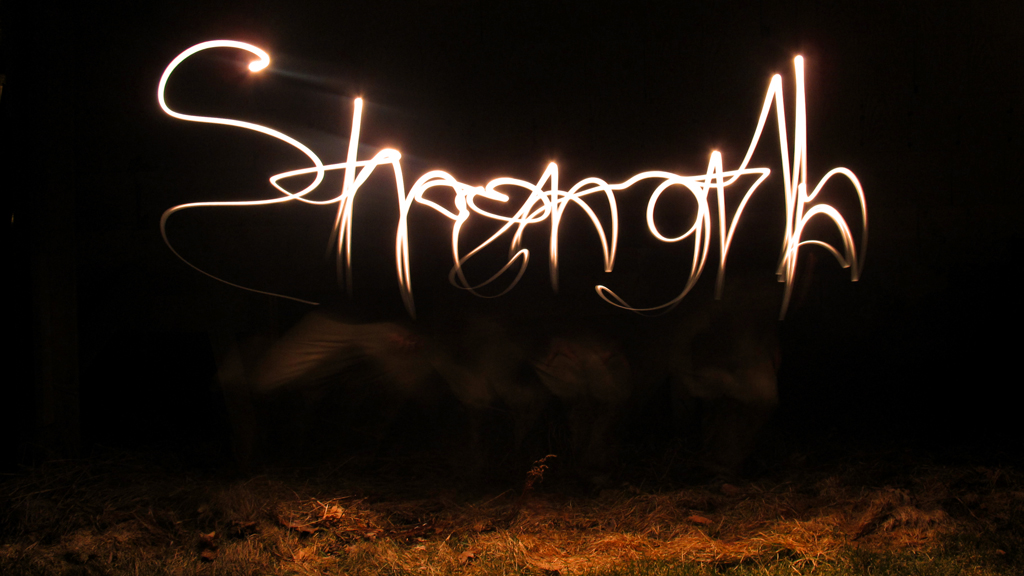The following are art and media of interest to Andrew Larson.
Here are two pictures, simply created with an ordinary flashlight and a slow shutter speed.
This is another slow shutter speed group, but the most unique characteristic in these is their reflection of light. Using the water in Lake Superior, I was able to capture the light reflection from both the lift bridge and the moon.
Small objects, such as insects, can at times be difficult to capture in a photograph, often due to their fast movements or tedious focusing procedures. Aside from those factors, placement, angle, and depth can provide an equal challenge.
While angle is often decided by your availability to obtain a shot, precise placement and depth can make a shot unique in itself! In the first image I did not zoom in to the yellow spider in order to show it's true size next to a dandelion. In the other three, I went in close to show detail and placed several insects in corners to follow the "rule of thirds."
An easy way to give a photograph a unique and bold appearance is by removing the color from an image. This can be done with photo editing software such as Gimp (refer to Sonic4Spuds Blog).
One of my favorite settings in which to take photographs is in bright, beautiful sunshine. Getting the correct exposure can be tricky, and these settings often take a good deal of time waiting or finding the perfect scene; but, the result can be spectacular!
The human eye tends to follow lines, since lines create a sense of movement. A good idea for creating an interesting photo is to find lines that catch the eye and use them to lead one to the main subject, whether it be a lighthouse or somewhere around the corner.
The human eye is also drawn to light. So, having a strong light/dark contrast as in these campfire pictures make the flames jump out and come alive! A fairly fast shutter speed should do the trick.


















